How can I access the data contained in Google drive tables?
I created some basic apps after reading the tutorials, but I'm unable to to see the sample data I entered.
How can I access the data contained in Google drive tables?
I created some basic apps after reading the tutorials, but I'm unable to to see the sample data I entered.
Option 1: Don't use Drive Tables
App Maker gives you power to connect to Cloud SQL instance, that you can access through Cloud Shell or connect with some tools like MySQL Workbench.
Pros
Cons
Option 2: Export data to spreadsheet
Regardless what data backend you are using you can dump all your data to spreadsheet.
Cons
Option 3: Drag'n'drop way
There is an option to keep Debug page and drop on it tables/forms for models you want to look it.
Pros
Cons
app.models.MyModel.newQuery() server-side API).Option 4: Drag'n'drop way (advanced edition!)
The basic idea is to create a page with dynamic table (to view/edit data) and form (to add records). Using this highly dynamic page will eliminate shortage #1 from the option #3:




This approach has similar pros and cons as previous one plus there are some App Maker limitations that make it hard to implement (but it is doable on some extent).